Will Europe stand up for Ukraine?
ANALYSIS: Military analyst’s scenario theorises Russian victory.
If Russia Wins: A Scenario, by Carlo Masala.
ANALYSIS: Military analyst’s scenario theorises Russian victory.
If Russia Wins: A Scenario, by Carlo Masala.
The latest from the Ukrainian front is that Russia has stepped up its pressure on Nato with drone attacks on Poland and Romania, jet flights over Estonia, New Zealand deepening its support for Kyiv with a visit by Defence Minister Judith Collins, and the White House still looking like it wants a Munich-style surrender to an aggressive empire.
It’s hard to say who has the most to lose as Russian President Vladimir Putin coasts unscathed through so-called ‘summits’ with his American and Chinese equivalents: Nato’s defence shield, America’s credibility as a defender of the free world, or the people of Ukraine under daily bombardment without being given a chance of victory.
Since quickly gaining an upper hand in Russia’s bungled invasion in February 2022, the Ukrainians have steadily lost ground in the past three-and-a-half years thanks to Nato’s refusal to deliver a knockout blow.
Instead, the Nato powers are now being directly threatened by a strategy that many commentators and others, on my reading, have been pointing out as clearly as Putin himself. It’s described as ‘control and escalation’ – Russia constantly pushing the West to just short of outright war by threatening to use nuclear weapons.
The bluff has been used to expose Nato’s technical problems in providing an effective defence and some members' lack of political will. When Russia unleashed a barrage of polystyrene drones into Nato territory, it confused air-defence systems designed for much bigger targets, such as jets and missiles.
It prompted one think tank – the International Institute for Strategic Studies, quoted in The Economist – to note the obvious: “There are gaps in almost all European inventories at the short and very short-range level. These vulnerabilities leave Europeans poorly prepared for the kind of … warfare seen in Ukraine.”
The Economist added that, despite Nato’s superior air defence capability, the operations were still reliant on American involvement and expertise.
“European states are still reluctant to mimic Israel which, aided by America and other partners, twice last year intercepted huge waves of Iranian drones over neighbouring countries, before they entered Israeli airspace, and conducted pre-emptive strikes beyond its borders,” it said.
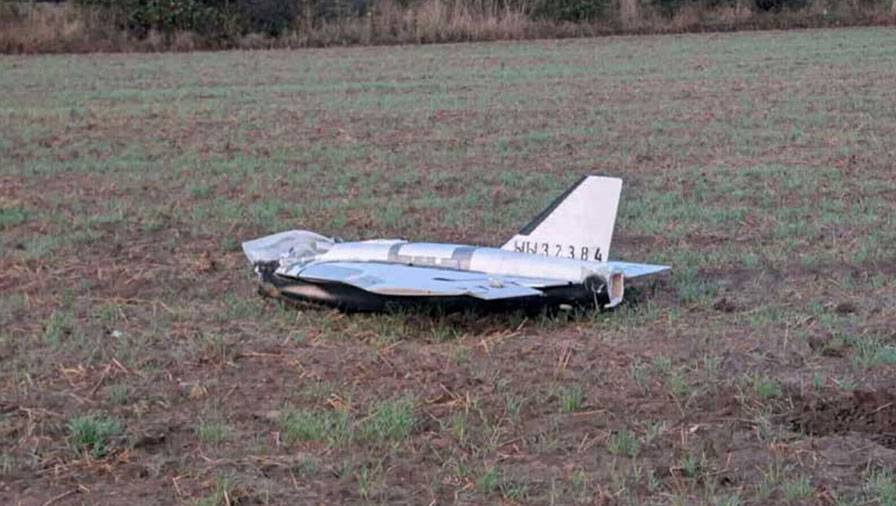
A Russian drone in Poland.
Nato rules don’t permit the shooting down of projectiles over Belarus or Ukraine, as that would require unanimous approval by all 32 member states, something Russia-friendly Hungary and Slovakia would oppose.
If you want a deeper understanding of what’s at stake, I recommend If Russia Wins: A Scenario, by Professor Carlo Masala. His book, originally published in German, was an instant bestseller thanks to his background in the Nato Defence College in Rome and, more recently, at the German armed forces (Bundeswehr) university in Munich.
A scenario is a method of simulating future developments based on current trends and events. They “expand the realm of possibilities in our minds,” Masala states. “They serve to counteract intellectual complacency and short-term horizons. What is at stake in Ukraine and in our time only really sinks in when we think about what could happen if things do not turn out well.”
The text was completed in August, making the book a miracle in rapid publishing, and nothing has happened subsequently to alter its thrust. In fact, the drone attacks on Nato confirm Masala’s outline of Russia’s 'control and escalation' strategy.
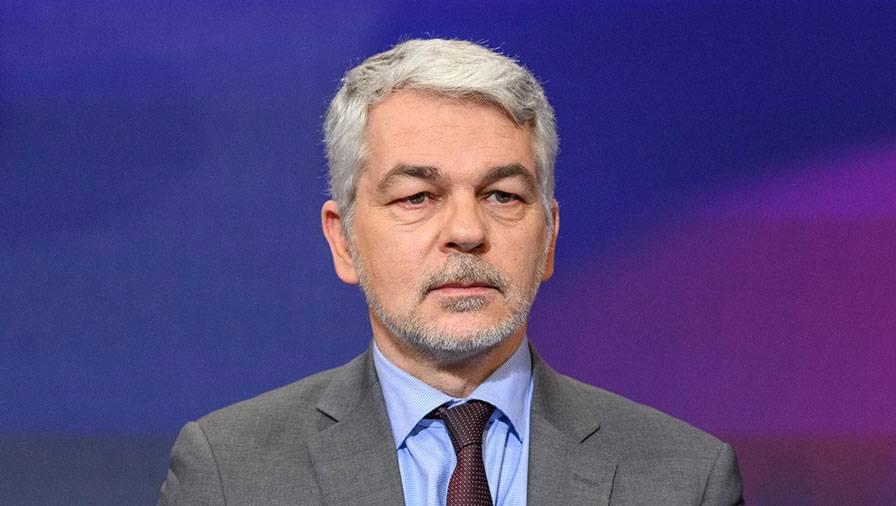
Professor Carlo Masala.
The scenario starts with two Russian incursions into Estonia on March 27, 2028. One is the occupation of Narva, a border city where most of the 57,000 locals still speak Russian. (For more on Narva, I suggest watching a YouTube travel blog, Dabble and Travel: Crazy First Arrival into Russia (2025).)
The other action is on the sparsely populated island of Hiiumaa, the second-largest in Estonia. It gives the Russian navy the ability to blockade the Baltic ports between St Petersburg and Kaliningrad. Resistance is minimal in both operations, which were conducted by relatively small numbers to reduce the chances of being detected.
The narrative then moves back three years to 2025, with Ukraine’s capitulation in a ceasefire, Russia keeping its occupied territory, and the World Bank setting up restoration programmes on both sides.
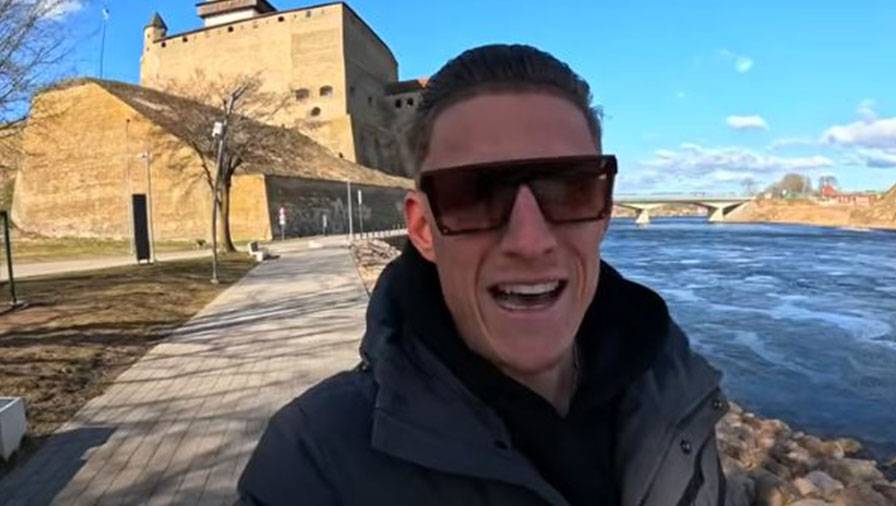
Dabble and Travel’s Matt Morsia at Narva with a Russian border bridge in the background. (Source: YouTube).
In Russia, Putin resigns amid the trappings of victory. His successor is a charismatic 46-year-old economist, who is well-versed in Western finance. His aim is to remove the sanctions and restore the economy as quickly as possible.
Ukraine, meanwhile, is bankrupt with a destroyed infrastructure and in a state of chaos as old conflicts re-emerge and Volodymyr Zelensky loses power. The occupied territories undergo Russification, though not without some resistance and acts of sabotage.
The Nato Alliance’s response is lethargic and complacent, thankful that war has been avoided, despite Russia going ahead with replenishing its defence needs with the help of China and India.
“The decreasing willingness to implement the ambitious pronouncements from 2022 and 2023 is reinforced by a stagnating economy in most Nato countries,” Masala states, going on to describe the reluctance of its populations to spend even more on defence while cutting public services, pensions, and welfare.
Russia then adopts the early tactics of Hitler’s occupation of the Rhineland in March 1936 and its remilitarisation. This breach of the Treaties of Versailles and Locarno raised no objections in France or Britain.
China assists Russia’s moves into Narva and Hiiumaa by staging a distraction: the seizure of a shoal off the coast of the Philippines. A business jet containing a German armaments chief executive is shot down, and the US and France oppose Estonia’s appeal for an Article 5 intervention by Nato.
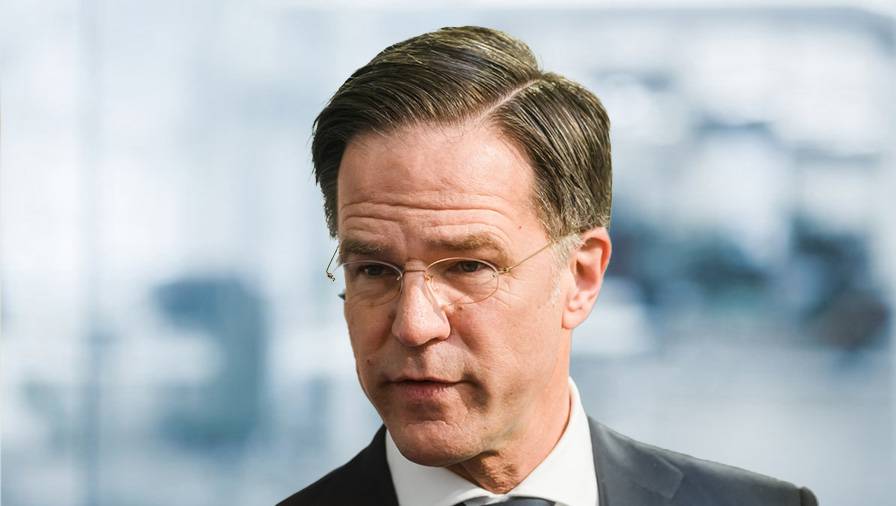
Nato Secretary-General Mark Rutte.
Masala builds the tension with another Russian incursion on March 28, 2028, the day after Narva: a nuclear-armed submarine leaves some vodka, caviar, and a Russian flag on Hans Island, scene of the ‘Whisky War’ (1973-2022), a non-violent dispute between Canada and Denmark over territorial claims.
This ‘war’ was noted for its exchanges involving liquor and flags. Significantly, it was finally resolved during the Russian invasion of Ukraine and was intended as a symbolic demonstration of how international disputes can be settled peacefully. (The agreement resulted in a land border dividing the barren island between Greenland and the Canadian territory of Nunavut.)
The scenario ends with Russia absorbing Belarus (again, the parallel with Hitler’s Anschluss with Austria), along with a chunk of Estonia. Masala also emphasises Russia’s use of hybrid warfare – cyber-attacks, migration, and sabotage – to undermine Western resolve.
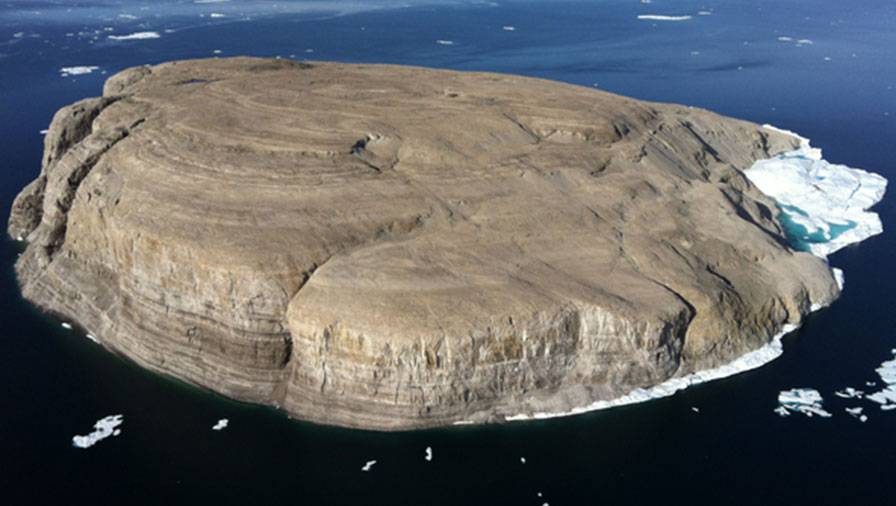
Hans Island, location of the ‘Whisky War’ between Canada and Denmark.
Masala insists the scenario is a cautionary tale, not a forecast or prediction. Which is just as well, as it raises several questions from its focus on Nato’s technical weaknesses and political fragmentation.
Despite its occurrence within his deadline, Masala ignores the 12-Day War in June that curbed Iran's nuclear intentions. Israel has also conducted attacks in Lebanon, Syria, Yemen, and Qatar, with little risk of retaliation.
Nato’s responses have not resiled on bigger defence budgets, including the US, and it is constantly adding to Ukraine’s arsenal. The visit of New Zealand's defence minister offered assurance that war fatigue hadn’t taken grip in all Ukraine’s allies, both in and out of Nato.
Putin’s nuclear bluff may yet be called, with China and India changing their stances according to new circumstances if Russia’s economy finally succumbs to sanctions. These possibilities remain in the future. Meanwhile, If Russia Wins is a realistic stress test for Nato and the West’s commitment to the same values that motivate the brave Ukrainians.
If Russia Wins: A Scenario, by Carlo Masala. Translated by Olena Ebel and Ruth Ahmedzhai Kemp. (Atlantic Books).
Nevil Gibson is a former editor-at-large for NBR.
Sign up to get the latest stories and insights delivered to your inbox – free, every day.